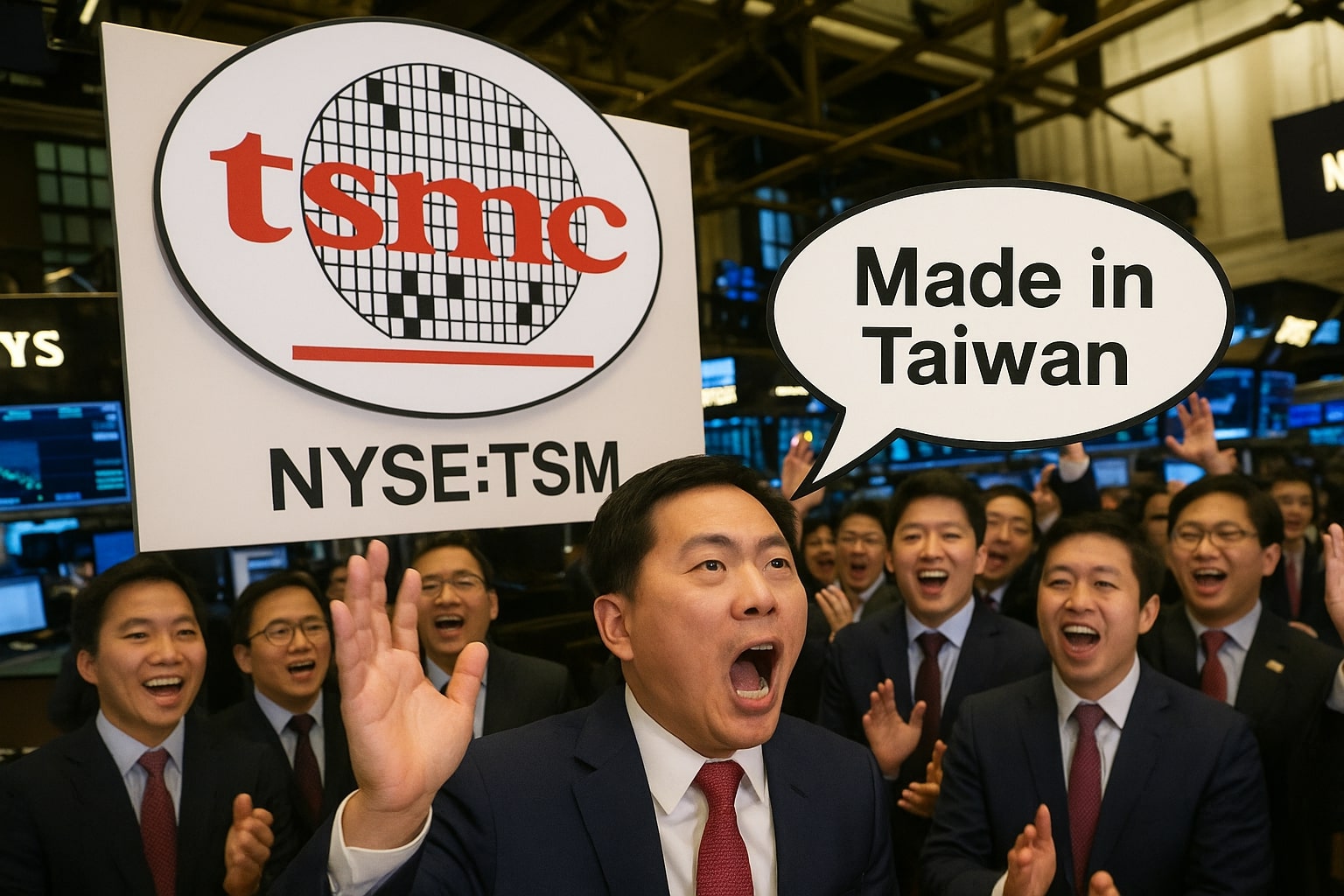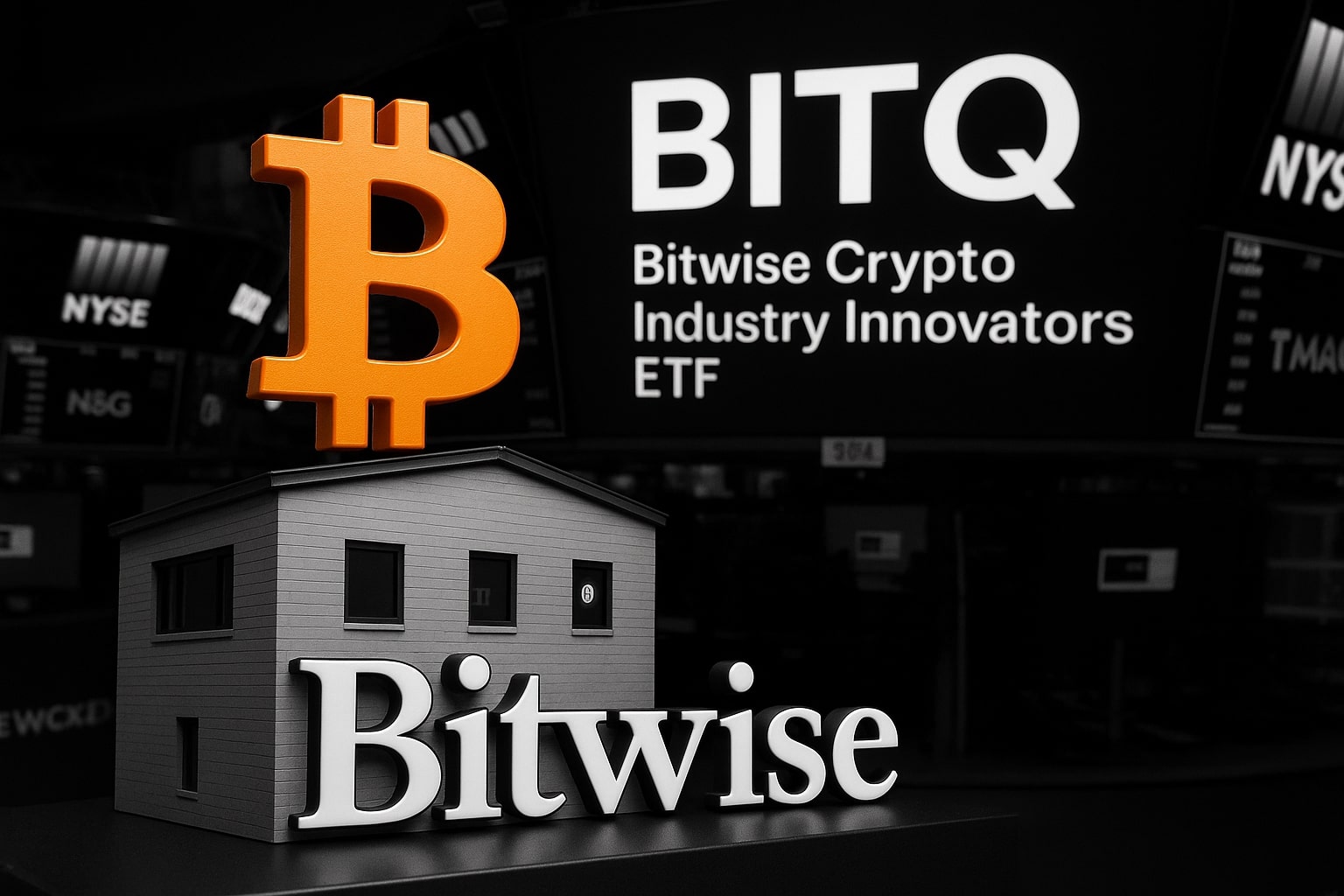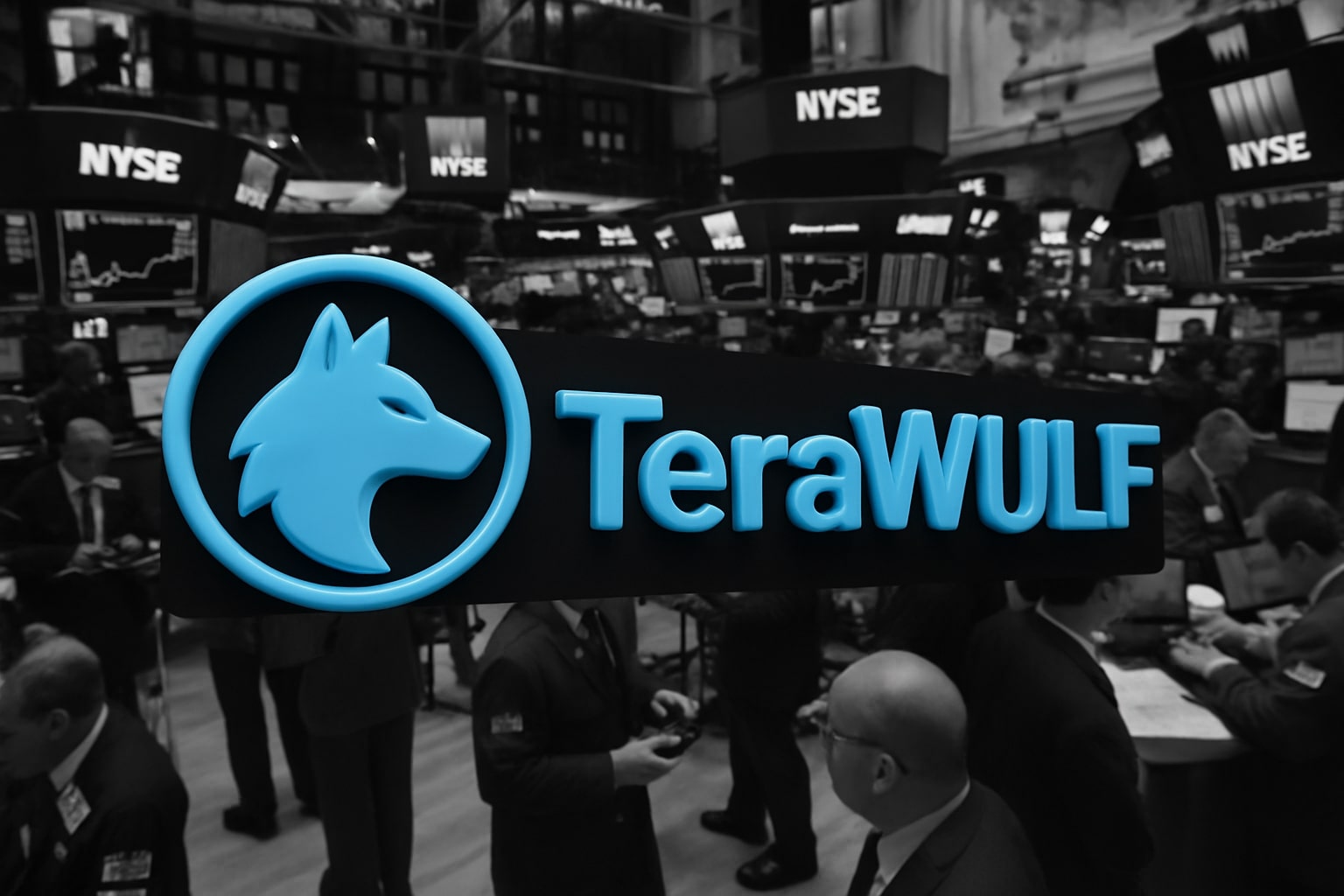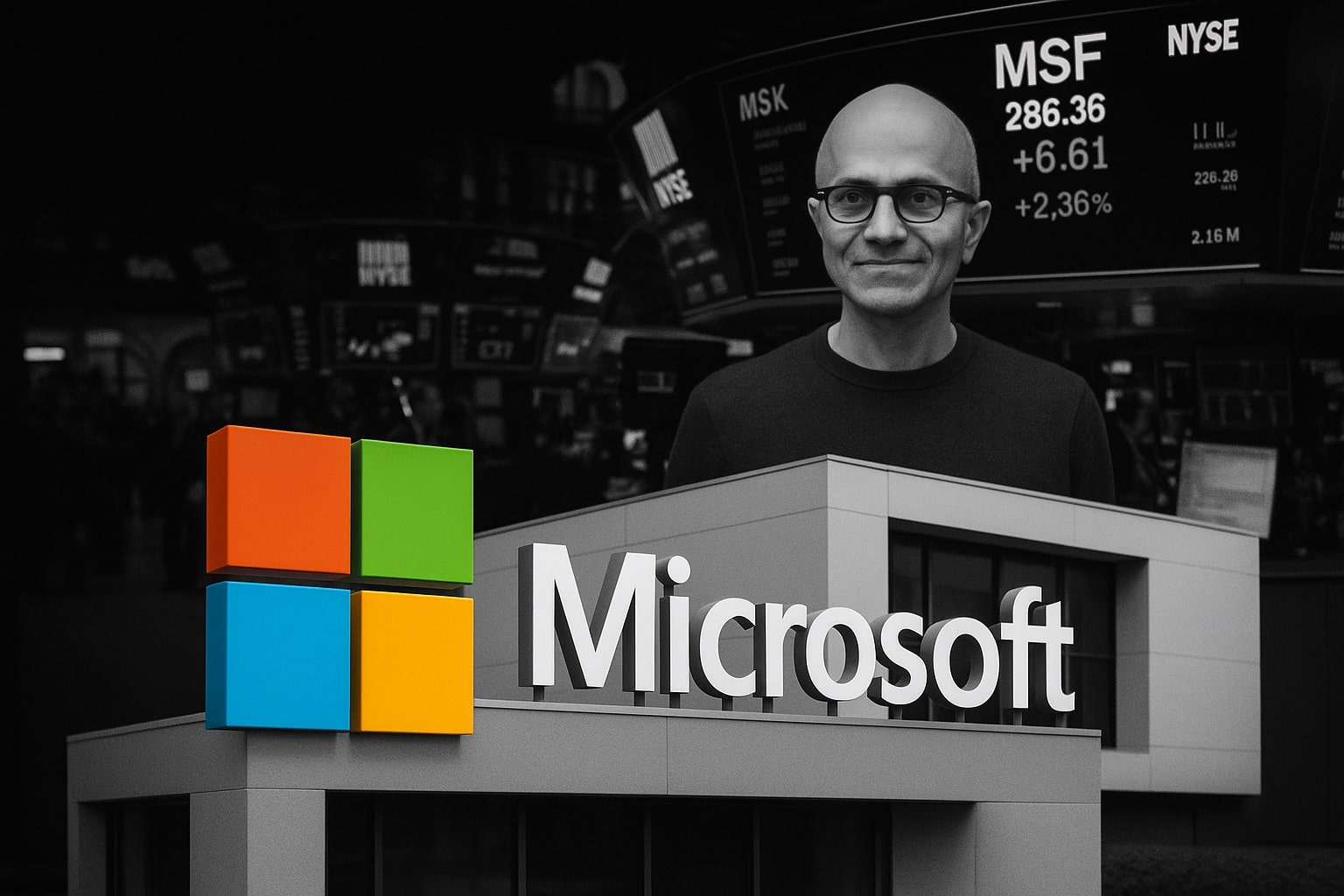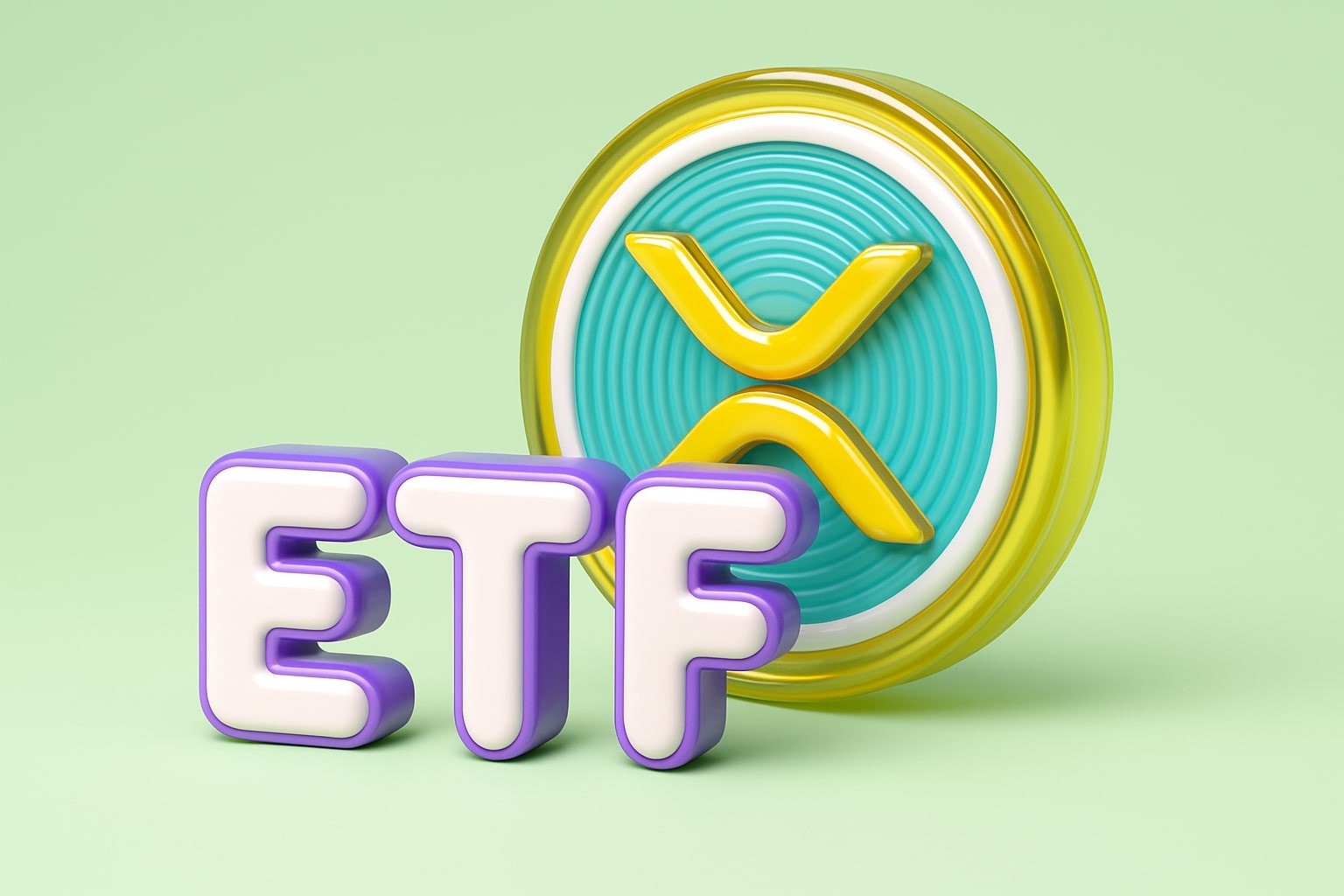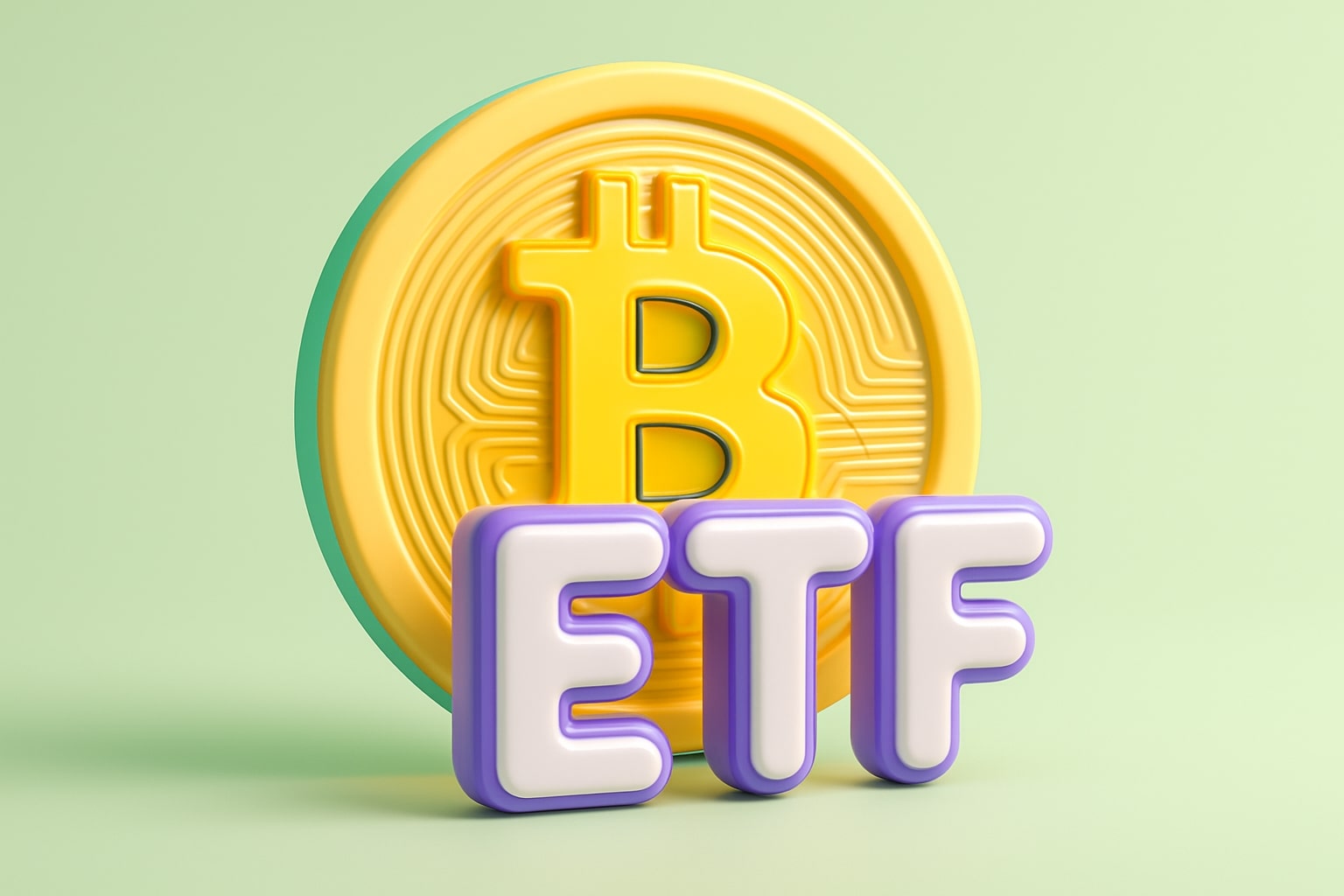NYSE:TSMC - Strategic Growth Amidst Global Challenges: A Comprehensive Analysis of Taiwan Semiconductor’s Future
Navigating Uncertainty and Seizing Opportunities: The TSMC Outlook
As we evaluate NYSE:TSMC, the world leader in semiconductor manufacturing, the company’s performance and outlook appear increasingly compelling. Taiwan Semiconductor Manufacturing Company, often known as TSMC, finds itself at a crucial juncture—amid market fluctuations and macroeconomic uncertainties, its stock has recently faced some declines. However, upon examining the company's fundamentals, technological advancements, and strategic positioning, it becomes clear that TSMC continues to show strong potential for growth.
While TSMC has experienced some turbulence, including a recent market correction from its highs, it remains a dominant force in the semiconductor industry. Over the past several months, it has been impacted by the broader market rotation, with growth stocks like TSMC undergoing fluctuations due to external factors such as tariffs and geopolitical tensions. Despite these challenges, TSMC’s core business fundamentals remain robust, which leads to the conclusion that its stock is currently undervalued, presenting a buying opportunity for long-term investors.
Semiconductor Leadership and Technological Dominance
TSMC is the undisputed leader in the semiconductor foundry industry, and its position continues to strengthen. The company’s commitment to technological innovation, particularly in the field of AI and high-performance computing (HPC), is critical to its future prospects. In Q1 2025, TSMC reported strong financial results, with revenue of $25.53 billion, a 35.3% increase year-over-year. However, sequentially, revenue declined by 5%, slightly missing analysts' expectations by $190 million. Despite this short-term volatility, TSMC remains well-positioned to continue its dominance in the global semiconductor market.
A key driver of TSMC’s continued success is its technological leadership in the HPC segment, which accounted for a significant portion of its revenue in recent quarters. The company is at the forefront of developing cutting-edge chips that power critical applications like AI and data centers. In Q1 2025, TSMC saw 22% of its wafer revenues come from its 3nm technology, with the 5nm process contributing 36%. This segment’s growth is driven by massive demand from major tech giants, including Apple (AAPL), NVIDIA (NVDA), and AMD (AMD), all of whom rely on TSMC for advanced chip manufacturing.
Looking ahead, TSMC is set to lead the next wave of technological advancements with the introduction of its N2 process in the second half of 2025, followed by the revolutionary 1.4nm (A14) technology set for production in 2028. These new processes are expected to boost performance by 10%-15%, while reducing power consumption by up to 30%. Such advancements will solidify TSMC’s position as the primary supplier of high-performance chips for AI, data centers, and other emerging applications.
Financial Strength: A Rock-Solid Balance Sheet
One of the most attractive aspects of TSMC is its financial stability. As of Q1 2025, TSMC held approximately $72 billion in cash and equivalents, with an additional $9 billion in marketable securities. This strong liquidity position, combined with $81 billion in total cash reserves, places TSMC in a favorable position to weather economic uncertainties and capitalize on future opportunities. With $30 billion in long-term debt, the company’s balance sheet remains incredibly robust, ensuring that it can continue to fund its ambitious capital expenditures and research initiatives without significant risk of default.
Moreover, TSMC continues to generate strong free cash flow, which it reinvests into its business to sustain its technological edge. The company’s ability to maintain high profitability margins, even in a capital-intensive industry, underscores its pricing power and operational efficiency. Over the past year, TSMC’s return on assets (ROA) and return on equity (ROE) have been particularly impressive, further reinforcing its strong competitive advantage in the semiconductor market.
AI-Driven Growth: Powering the Future
The growth trajectory of TSMC is closely tied to the expansion of the AI market. As AI continues to evolve, the demand for advanced semiconductor chips to power AI applications and data centers is increasing exponentially. TSMC is uniquely positioned to capture this growth, given its technological capabilities and established relationships with major players in the tech industry.
In 2025, TSMC expects its AI accelerator revenue to double, and analysts project that the company will maintain a compound annual growth rate (CAGR) of mid-40% over the next five years. TSMC's leadership in advanced packaging, particularly its CoWoS (Chip-on-Wafer-on-Substrate) technology, will play a critical role in supporting this growth. The company’s ability to produce chips that meet the stringent requirements of AI applications ensures its continued dominance in this high-growth segment.
Furthermore, TSMC is poised to meet the increasing demand for advanced chips with the upcoming production of the N2 process. The company plans to begin production of this next-generation chip in the second half of 2025, with an initial monthly capacity of 50,000 wafers, set to increase to 80,000 by year-end. This expansion in production capacity will enable TSMC to capture a larger share of the growing AI and data center markets.
Smartphone Market Dynamics: Cyclicality and Recovery
While TSMC has seen impressive growth in the HPC and AI segments, its smartphone business has faced challenges in recent years. The smartphone market, traditionally a significant revenue driver for TSMC, has been in a downtrend due to the cyclical nature of the industry. However, analysts anticipate a recovery in the coming years as demand for smartphones rebounds, particularly in emerging markets like Latin America, Asia-Pacific, and Europe, the Middle East, and Africa (EMEA). This expected recovery, combined with planned obsolescence and innovations in mobile hardware, should support a return to growth in TSMC’s smartphone segment.
Although the smartphone market’s recovery may not be as robust as anticipated, TSMC is well-positioned to benefit from a potential turnaround. The company’s strategic diversification into markets like AI and HPC has reduced its dependence on the smartphone sector, making it less vulnerable to cyclical downturns.
Geopolitical Risks and Trade Tariffs: Navigating Global Tensions
Despite its technological dominance and strong financial position, TSMC faces significant geopolitical risks, particularly related to the ongoing tensions between Taiwan and China. As TSMC is based in Taiwan, it is heavily exposed to the potential risks arising from geopolitical instability in the region. Furthermore, the U.S.-China trade war and the imposition of tariffs have created additional uncertainty for TSMC and other semiconductor companies.
However, TSMC has taken proactive steps to mitigate these risks by expanding its operations beyond Taiwan. The company is investing $100 billion in capital expenditures in the U.S. and diversifying its manufacturing footprint to reduce its reliance on Taiwan. This expansion into the U.S. is seen as a favorable move, as it helps to safeguard the company’s operations against potential disruptions caused by geopolitical tensions.
Valuation and Future Prospects
Given the company’s leadership in semiconductor manufacturing, strong balance sheet, and growth prospects driven by AI, TSMC’s stock presents an attractive investment opportunity at its current valuation. Analysts' price targets for NYSE:TSMC range from $212 to $250 per share, indicating significant upside potential from its current price. With an intrinsic value of around $231 per share, TSMC is trading at a discount, making it a compelling buy for investors seeking exposure to the high-growth semiconductor sector.
In conclusion, TSMC remains a leader in the semiconductor industry with a clear path to continued growth, especially in the AI and HPC markets. Despite short-term economic uncertainties and risks related to tariffs and geopolitical tensions, the company’s strong fundamentals, technological leadership, and robust balance sheet position it for long-term success. Investors looking for a high-quality, mission-critical company in the semiconductor space should consider TSMC as a top choice for their portfolio.
For real-time stock data and insider transactions, you can track TSMC here: TSMC Real-Time Chart and Insider Transactions.














